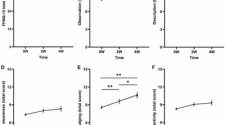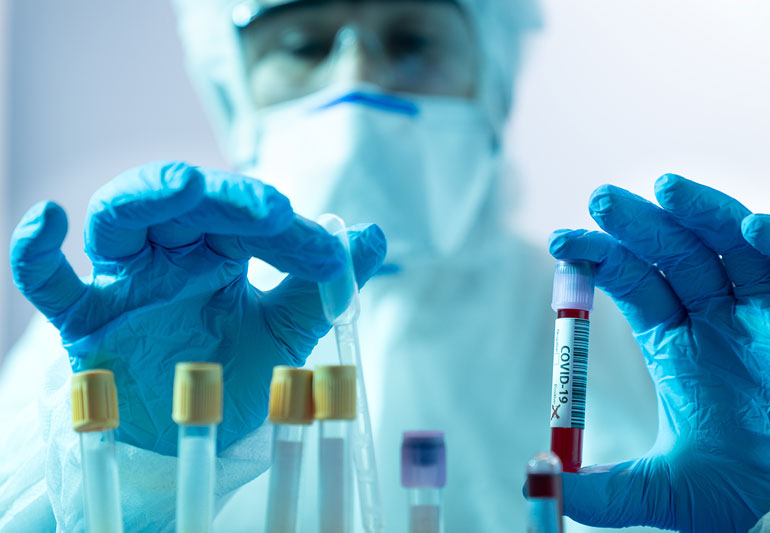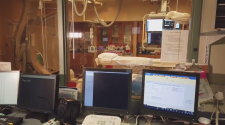The latest big headlines in the COVID-19 pandemic are alarming: Several countries have found new, mutated strains of the coronavirus that causes COVID-19.
Cleveland Clinic is a non-profit academic medical center. Advertising on our site helps support our mission. We do not endorse non-Cleveland Clinic products or services. Policy
“Although this is concerning, it’s not really surprising – we’ve been watching for this and more or less expecting it,” explains microbiologist and pathologist Daniel Rhoads, MD.
Scientists and public health experts are working to better understand what impact these new strains will have on the course of the pandemic. Here’s what we do and don’t know so far.
How does a virus mutate?
While the idea of a virus mutating might sound scary, it’s actually quite normal. Viruses mutate constantly. This is especially true of viruses that contain RNA as their genetic material, such as coronaviruses and influenza viruses.
All viruses are made up of a bundle of genetic material (either DNA or RNA) that’s covered by a protective coating of proteins. Once a virus gets into your body – usually through your mouth or nose – it latches onto one of your cells. The virus’s DNA or RNA then enters your cell, where it can make copies of itself that go off and infect other cells. If the virus can copy itself and hijack enough of your cells without being wiped out by your immune system, that’s how you get sick.
Every now and then, an error occurs during the virus’s copying process. That’s a mutation.
Most of the time, mutations are so small that they don’t significantly affect how the virus works, or they make the virus weaker, Dr. Rhoads says. But occasionally, a mutation actually helps the virus copy itself or get into our cells more easily.
“If these advantageous genetic mistakes are included when the virus replicates, then they are passed on and eventually become part of the virus’s normal genome,” Dr. Rhoads explains. We can see these mutations accumulate over time, and that’s how we get new variants of a virus.
What do we know about the new coronavirus variant?
There are two coronavirus variants that have emerged recently. Each has its own set of mutations, but they both contain small changes to parts of the spike protein that helps the coronavirus attach to our cells.
So far, the main concern is that these virus variants seem to have mutated in ways that make them more easily passed from one person to another.
“This is concerning, because it means the virus could spread more easily,” Dr. Rhoads says.
It’s hard to measure exactly how much of an impact the new variants are having on the pandemic, since there are many factors that contribute to how quickly a virus spreads – including human behaviors. But the variant that’s become common in England is estimated to be more than 50% more contagious than earlier versions of the virus.
Experts are taking this seriously and are working to better understand what these and other mutations could mean for the pandemic. So far, experts say there’s no clear evidence that the new virus variants are deadlier, cause more severe disease or will make COVID-19 vaccines ineffective.
It’s possible that could change over time, since mutations are small changes in the virus’s genetic makeup that accumulate over time. But the variant strains being detected today still look very similar to the original strains that started the pandemic and were used to develop and test vaccines.
“These new variants can also still be detected with our current tests, so that’s one thing that should be reassuring,” Dr. Rhoads adds.
The takeaway: stay vigilant
In the end, the shape-shifting nature of the coronavirus (and all viruses) is something that experts across the world are keeping a close eye on, but it’s not something you should expect to change the course of the pandemic overnight.
However, the contagiousness of the newer variants is all the more reason to stay careful and follow public health measures for preventing the spread of the virus – like wearing a mask, washing your hands, limiting close contact with others and getting vaccinated when you’re able.
“The same mitigation measures that we’ve been using for months are what’s going to continue to be effective,” Dr. Rhoads says.

















I am Neal Stephenson, sci-fi author, geek, and [now] sword maker